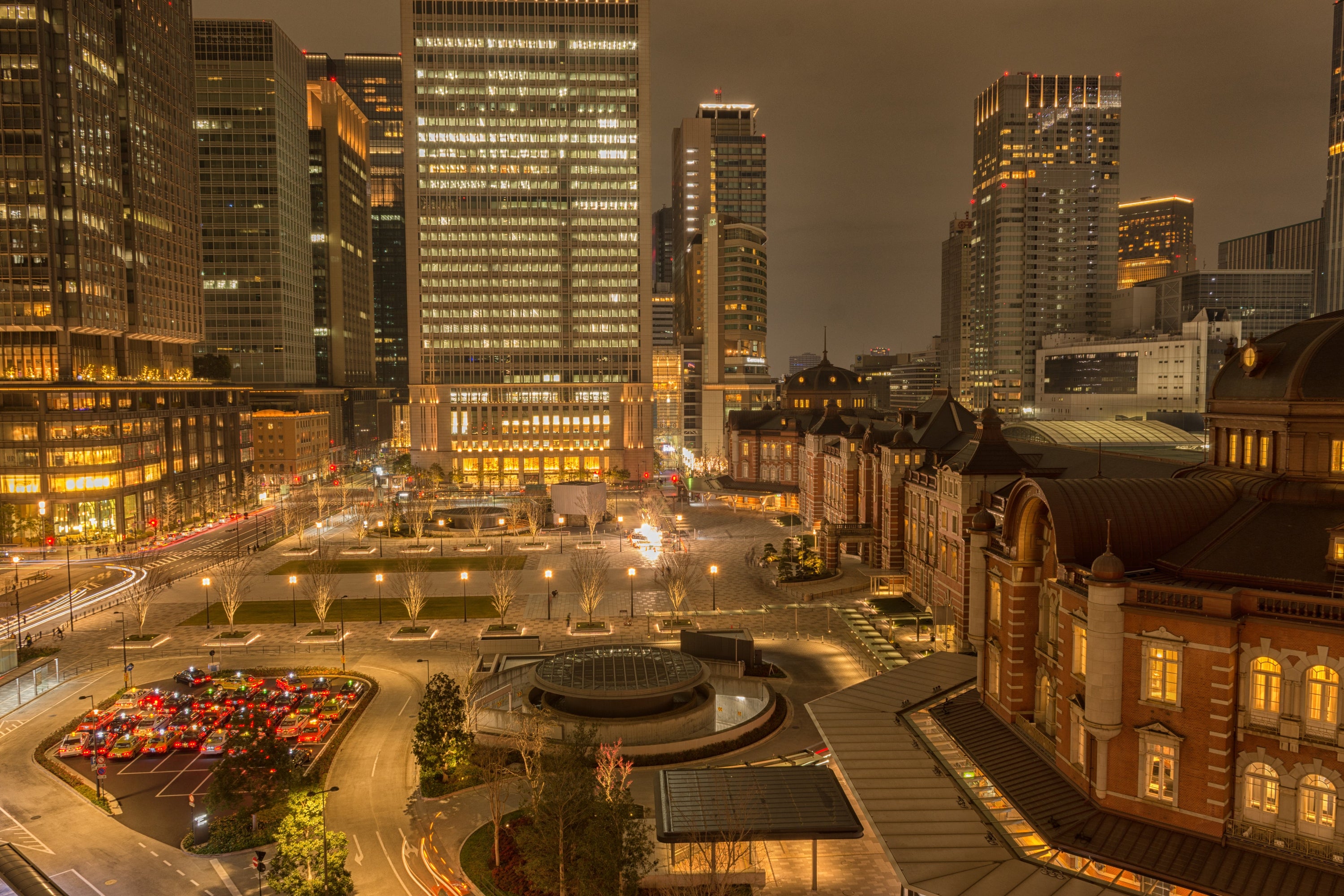
Embracing the Night - Imagining a 24-Hour Economy that Redefines Productivity
by Coffee Analytica Team
·
The world we know revolves around a simple pattern: most human activity unfolds under sunlight, while the night is reserved for rest. But what if we reimagine our schedules entirely? Envision a future where half the population adjusts their circadian rhythm to embrace the night, ushering in a truly 24-hour economy. Not the current nightlife of clubs and bars, but a fully functional ecosystem thriving in the dark hours. Instead of deserted streets, we’d have bustling roads guided by self-driving cars. With advanced visibility solutions and AI-driven infrastructure, the night poses no obstacle to commerce, industry, and leisure.
This future hints at a tripling of productivity. Factories never shut down for “off hours.” Robots and automated systems spend their nights maintaining, restocking, and preparing resources for the day’s needs. It sounds like a distant utopia, but many of the components required are already in development. By the late 2050s or early 2060s, we could see initial stages of a dual-phase society, with major cities and tech-forward industries spearheading the shift. By the mid-2070s, widespread adoption and refinement might become the norm.
A Society Divided by Circadian Choice
In this imagined scenario, society voluntarily splits into two cohorts: one aligned with daytime hours and another thriving at night. Individuals choose their schedule based on personal preference or economic incentives. Some fields might naturally shift toward nocturnal operations. For instance, logistics and shipping industries, free from typical daytime congestion, efficiently move goods under the cover of darkness. Education, healthcare, and retail adapt, offering round-the-clock services. The concept of “peak hours” dissolves as human activity continuously flows, day after day, night after night.
Infrastructure, AI, and Self-Driving Cars
If human eyesight once limited night activity, that barrier vanishes with technology. Self-driving cars equipped with sensors far surpass human vision, guiding traffic easily through midnight boulevards. By 2050, we might see the first pilot projects where nighttime delivery fleets operate seamlessly, their navigation systems so advanced that weather and darkness pose no challenge. Gradually, cityscapes adapt with intelligent lighting networks that brighten only where and when needed. Streets remain safe, guided by autonomous drones that monitor security and direct emergency services efficiently.
Factories and Automation: Ending Downtime
Imagine factories that never pause. While humans rest in shifts that suit them best, robots handle continuous production. By 2060, entire supply chains could run twice or thrice as effectively. Machinery conducts self-maintenance at night, preparing for human workers in the daytime. Or better yet, since half the workforce prefers nights, maintenance crews and supervisors oversee robots’ tasks live. The result: nearly continuous output, lower costs, and the end of forced downtime that plagues current day-centric operations.
Overcoming Challenges and Managing Implications
Shifting to a 24-hour economy isn’t without challenges. Our biology is accustomed to daylight rhythms. Transitioning half the population to a nocturnal lifestyle means we must rethink lighting design, work policies, and healthcare to account for altered sleep patterns. Companies need to offer robust support - nutritional guidance, mental health resources, and ergonomic measures - to ensure that living by moonlight remains healthy.
Social life also evolves. Families might split schedules creatively or choose clusters of friends and relatives who share the same cycle. Entertainment industries - cinemas, theatres, sports events - program night editions for nocturnal audiences. The concept of prime-time TV might fragment into multiple “prime windows” throughout the 24-hour cycle.
Achieving this Future: A Timeline
-
2030s - 2040s: Foundations laid. Self-driving cars gain full regulatory acceptance. AI-powered infrastructure emerges. Factories increasingly automate and experiment with extended hours. Night-shift popularity rises among certain professionals due to flexible lifestyles and economic incentives.
-
2050s: Early adopters. Select cities designate “night zones” - districts that fully embrace 24-hour cycles. Autonomous fleets transport goods nonstop. Healthcare and education begin offering official night sessions. Corporations start offering incentives for night-based roles.
-
2060 - 2070s: Broad acceptance. Major metropolises run dual-phase societies. Half the global workforce identifies as nocturnal by choice. Productivity soars, and carbon footprints may shrink as energy usage spreads more evenly across hours, reducing peak-load stress. Supply chains and service industries see record efficiency. AI-enhanced city planning ensures seamless transitions at dawn and dusk.
-
Late 2070s and Beyond: Refinement and perfection. Societies learn to manage the health implications effectively. Cultural norms adjust so that night isn’t “lesser” time, but equal in value and potential. Humanity has fully integrated technology, biology, and urban planning into a continuous, harmonious cycle.
Environmental and Economic Upsides
Spreading activity around the clock may relieve certain environmental pressures. Less rush hour congestion lowers emissions. Balanced energy consumption could streamline power grids, using renewable sources more efficiently. From an economic standpoint, continuous operation reduces overhead costs and wastage. Industries can match global demand dynamically, responding in real-time to changing market conditions.
Cultural Implications and Personal Growth
As we adapt to a world that never sleeps, cultural exchange becomes more fluid. Night-time activities aren’t confined to nightlife stereotypes - they involve art exhibitions, quiet literary gatherings, or culinary experiences that benefit from calm, introspective atmospheres. People discover new facets of personal identity and community in the quiet hours. By the time this concept matures, embracing a nocturnal lifestyle might no longer seem strange, but rather a standard option in an increasingly diverse human experience.
Conclusion
Envisioning a future where nights are as active and productive as days is more than sci-fi speculation - it’s a plausible evolution fuelled by technology, automation, and deliberate social shifts. As self-driving vehicles, AI-driven infrastructure, and continuous manufacturing reshape economies, we approach a world where circadian choice becomes as normal as choosing a career path.
By the 2070s, the notion of “night economy” might lose its novelty. We will simply talk about a 24-hour cycle where work, play, learning, and cultural exchanges happen seamlessly around the clock. In that future, humanity harnesses both sunlight and moonlight - turning downtime into uptime and challenges into opportunities.